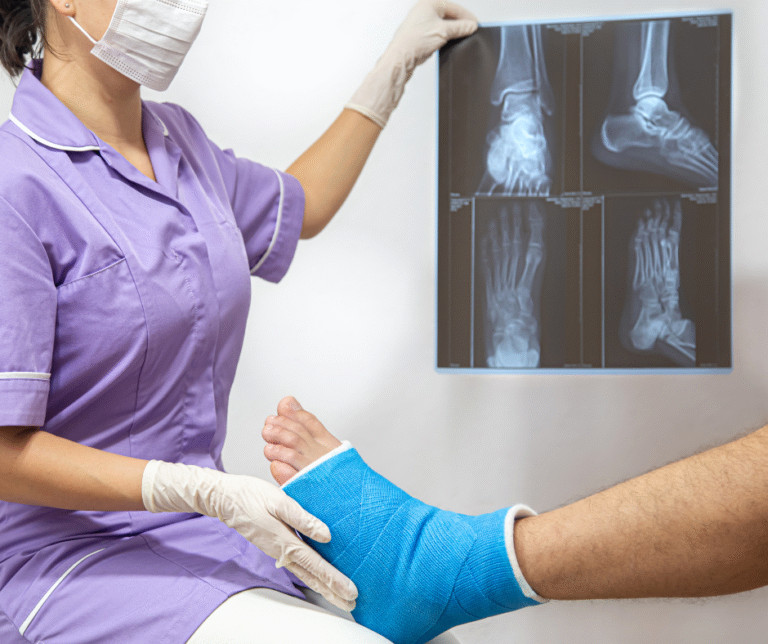How to Tell if Your Shoes Are Causing Foot Pain
If your feet feel fine in the morning but ache by lunch, or the first steps after sitting are sharp and cranky, your shoes may be part of the problem. Footwear is equipment, not decoration, and when the fit, support, or softness isn’t right, your feet quietly keep score. At Desert Podiatric Medical Specialists, we see shoe-related pain every day, and the fix often starts with a few simple checks you can do at home.
Signs Your Shoes Are Causing Foot Pain
Start with timing: if pain builds the longer you’re in a specific pair, that’s a clue. Watch for hot spots on the big toe joint, pinching in the forefoot, or tingling in the toes. Those often point to a tight toe box.
If your ankles feel wobbly or you notice new scuffing on the outer heel, the shoe may be too soft or worn out, which can let your ankle roll inward or outward. And if your back or knees are grumpy only on days you wear one pair, that pair is telling on itself.
Foot Conditions Caused by Inadequate Footwear
· Plantar fasciitis: Thin, unsupportive soles and tight calves overload the arch band.
· Morton’s neuroma: Narrow toe boxes squeeze nerves between the metatarsal heads. High heels and pointy shoes are common triggers.
· Bunions and hammer toes: Tight, tapered fronts push the big toe inward and crowd the smaller toes over time.
· Tendonitis: Minimal support lets the arch collapse or forces extra calf work, which can irritate the Achilles.
· Metatarsalgia and stress fractures: Hard, unforgiving soles or worn cushioning increase forefoot impact mile after mile.
What Good Footwear Feels Like
A good shoe bends where your toes bend, not through the middle. The heel counter should feel firm when you pinch it and keep your heel stable instead of sliding.
In terms of measurement, you should have a thumb’s width of space in front of the longest toe and enough width that your forefoot can splay as you walk. If the insole is removable, try it on the floor. Your foot shouldn’t spill over the edges.
And replace everyday shoes roughly every 300–500 miles of walking or running. If the tread is smooth or the midsole feels mushy, the support is gone, even if the upper still looks new.
What to Do Next
If you suspect your shoes are causing foot pain, test the theory: switch to a supportive pair for 1–2 weeks and note changes. If pain improves, you have your answer. If it lingers, we can assess your gait, check pressure points, and recommend the right shoes for you.
If you’re experiencing foot pain, discomfort, or changes in how you walk, come see the expert team at Desert Podiatric Medical Specialists. With locations in Tucson and Oro Valley areas of Pima County, Arizona, Bradley A. Whitaker, D.P.M., FACFAS, Peter C. Merrill, D.P.M., AACFAS, and Zeno Pfau, D.P.M., are here for you. Call us at (520) 575-0800 or contact us online!







